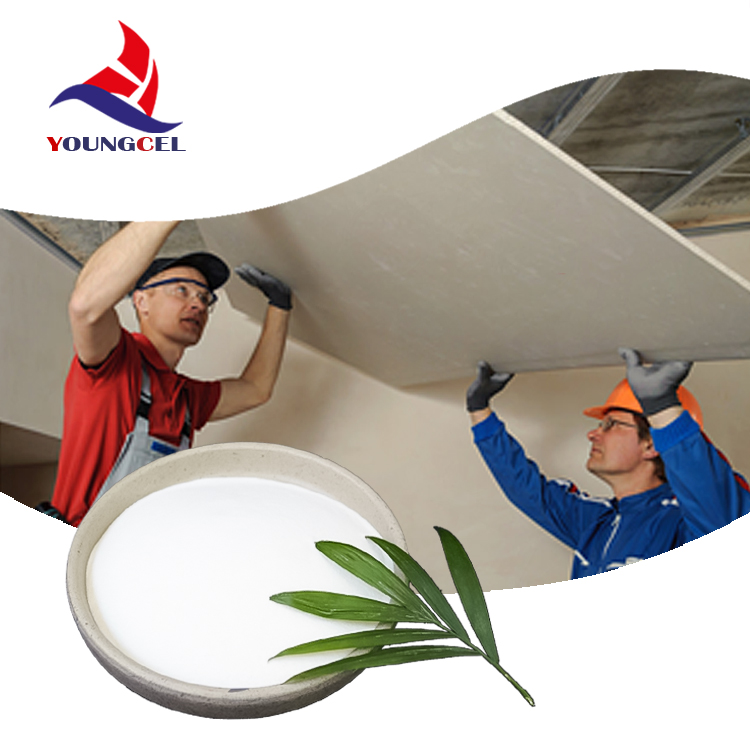The Role of Cellulose in Raw Materials and Its Applications
Cellulose is a fundamental organic polymer that serves as a vital component in numerous natural and synthetic materials. Found predominantly in the cell walls of plants, cellulose is the most abundant biopolymer on Earth, accounting for about 33% of all plant matter. This versatile compound has gained significant attention in various industries, including textiles, paper, pharmaceuticals, and bioplastics. Understanding the properties and applications of cellulose as a raw material is essential for advancing sustainable practices and innovations in these fields.
Characteristics of Cellulose
Cellulose is a linear polymer composed of repeating units of glucose, linked together by β-1,4-glycosidic bonds. This structural feature gives cellulose its remarkable strength and rigidity, making it an ideal raw material for various applications. Its semi-crystalline nature allows for both mechanical properties and chemical reactivity, which can be manipulated for different uses.
The insolubility of cellulose in water and organic solvents makes it a fantastic option for structural applications. Moreover, cellulose can be modified chemically to achieve desired properties, leading to the development of various cellulose derivatives, such as cellophane, carboxymethyl cellulose, and microcrystalline cellulose. These derivatives expand the utility of cellulose beyond its raw form, allowing it to be utilized in food stabilization, pharmaceutical excipients, and more.
Applications in Various Industries
1. Paper and Pulp Industry The most traditional use of cellulose is in the production of paper and cardboard. The pulp created from cellulose fibers provides the foundational material for these products. With the increasing demand for sustainable packaging solutions, innovations in recycling and the use of biodegradable materials have spurred interest in cellulose as a primary component.
2. Textiles Cellulose fiber, particularly in the form of cotton and rayon, plays a crucial role in the textile industry. Cotton, derived directly from the cotton plant, is prized for its softness and breathability, making it a popular choice for clothing and household textiles. Rayon, a semi-synthetic fiber made from regenerated cellulose, has become popular due to its silk-like qualities and versatility in various garments.
cellulose raw materials

3. Food Industry In the food industry, cellulose is used as a dietary fiber and a thickening agent. Its ability to retain water allows it to improve texture and stability in processed foods. Additionally, cellulose derivatives like carboxymethyl cellulose serve as emulsifiers and stabilizers, contributing to the shelf-life and palatability of food products.
4. Pharmaceuticals Cellulose is utilized as an excipient in the pharmaceutical industry. It can act as a binder, disintegrant, or coating agent in tablets and capsules. Microcrystalline cellulose, in particular, is valued for its ability to provide bulk and improve tablet consistency, while also being non-toxic and bioavailable.
5. Bioplastics As the world moves toward sustainable materials, cellulose has emerged as a promising alternative for plastic production. Bioplastics derived from cellulose are biodegradable and can reduce environmental pollution. Innovations in cellulose-based materials are paving the way for more sustainable packaging and consumer products, thereby addressing the ongoing challenge of plastic waste.
The Future of Cellulose as a Raw Material
The future of cellulose as a raw material looks promising, especially with ongoing research aimed at exploring its potential in renewable energy, biofuels, and nanotechnology. Cellulose nanofibers are being investigated for their remarkable mechanical properties and applications ranging from lightweight composites to advanced filtration systems.
Moreover, as sustainability becomes a priority for consumers and industries alike, the potential for cellulose-derived materials is immense. By leveraging natural resources rather than petroleum-based products, cellulose stands at the forefront of the transition to a circular economy.
In conclusion, cellulose is a multifunctional raw material with diverse applications across various sectors. Its abundance, renewability, and versatility make it an essential component in the pursuit of sustainable solutions. As technologies evolve and the push for eco-friendly materials strengthens, cellulose will undoubtedly play a crucial role in shaping the future of material science and industrial practices.
-
Rdp Powder: Key Considerations for Wholesalers in the Building Materials IndustryNewsJul.08,2025
-
Key Considerations for Wholesalers: Navigating the World of Hpmc - Based ProductsNewsJul.08,2025
-
Hpmc Detergent: Key Considerations for WholesalersNewsJul.08,2025
-
Key Considerations for Wholesalers: China Hpmc For Tile Adhesive, Coating Additives, Concrete Additives, and MoreNewsJul.08,2025
-
Crucial Considerations for Wholesalers: Navigating the World of Construction MaterialsNewsJul.08,2025
-
Key Considerations for Wholesalers Sourcing Additive For Cement, Additive For Concrete, Additive For Putty from Additive Manufacturer Shijiazhuang Gaocheng District Yongfeng Cellulose Co., Ltd.NewsJul.08,2025




